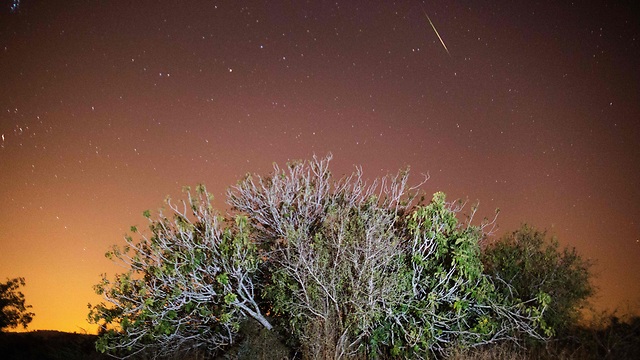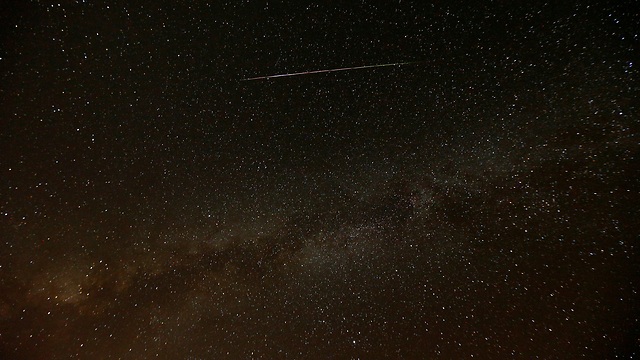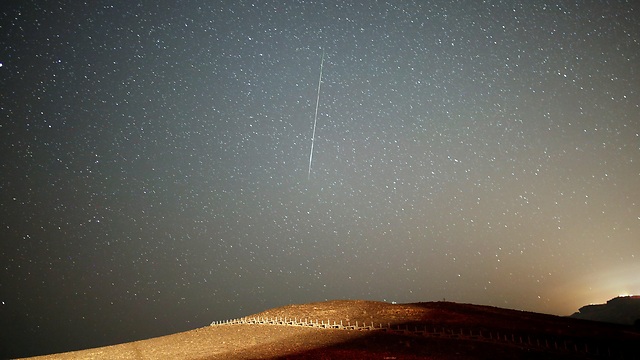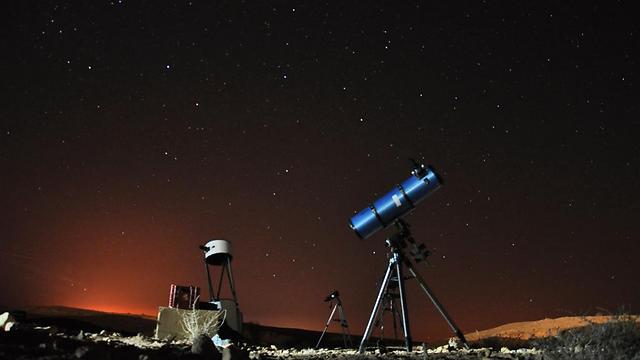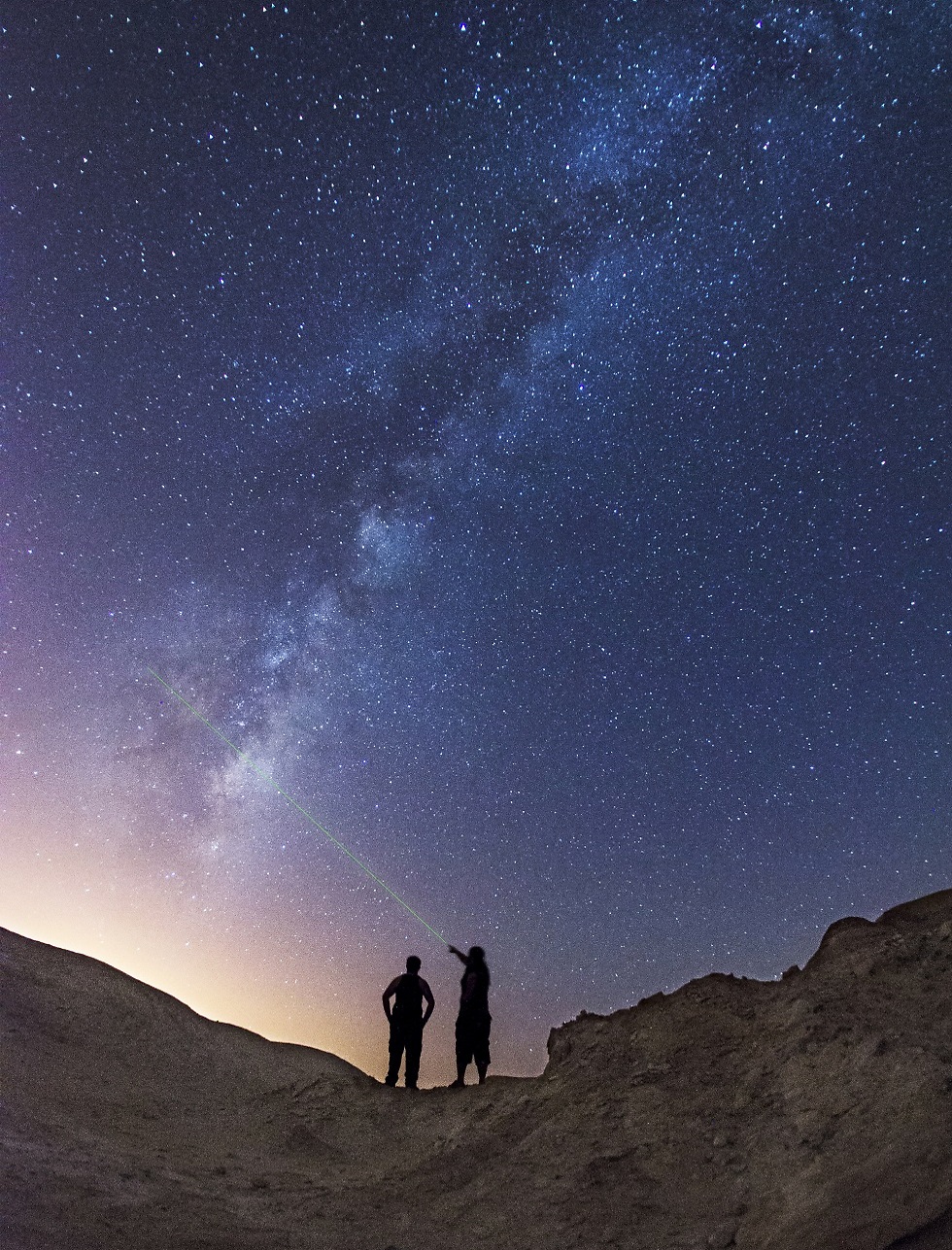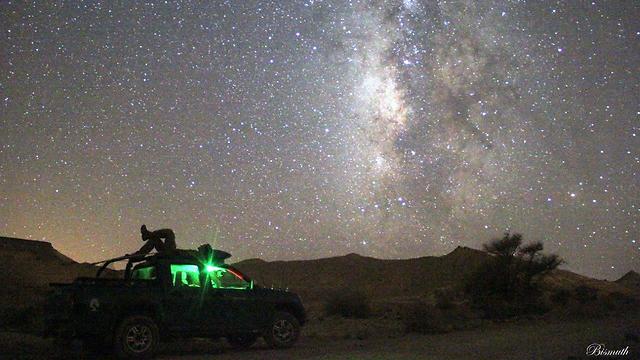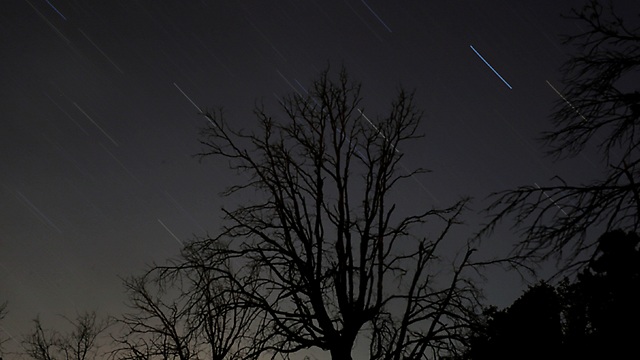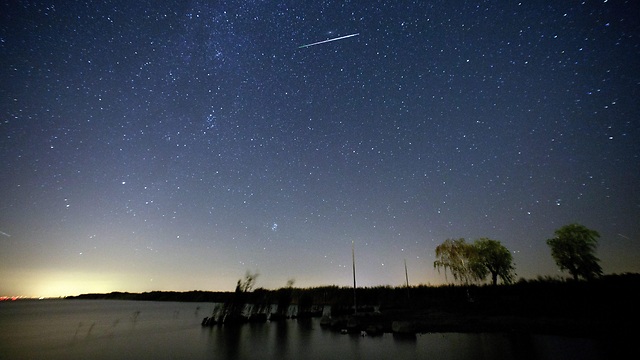
Kfar Hanokdim
Photo: Joni Gritzner
Thousands came out overnight Thursday and the next evening to Mitzpe Ramon, to Timna Park and to other locations in the south of the country to watch the largest meteor shower of the summer. Tens of millions gazed to the heavens across the world.
צילום: רויטרס ו-AFP
Dr. Igal Patel, head of the Israeli Astronomical Association and the Givatayim Observatory explained that the Perseid meteors are one of the most popular meteor showers. This is due to their concentration and rate that occur at the height of summer.
The name of the comet that causes the Perseid meteors is 109P/Swift Tuttle. The last time that it reached its perihelion (the closest point in its orbit to the sun) was in 1992, resulting in rich meteor showers from 1991 to 2000 (with a rate of hundreds of meteors per hours).
Patel added that because of the rules of perspective, it appears that all the meteors appear to come from one spot in space, the radiant, just as railroad tracks seem to meet in the distance. Each meteor shower leaving from a certain point in space is named for the star cluster where the radiant is located. Hence, the August showers earned their name from the Perseus cluster.















